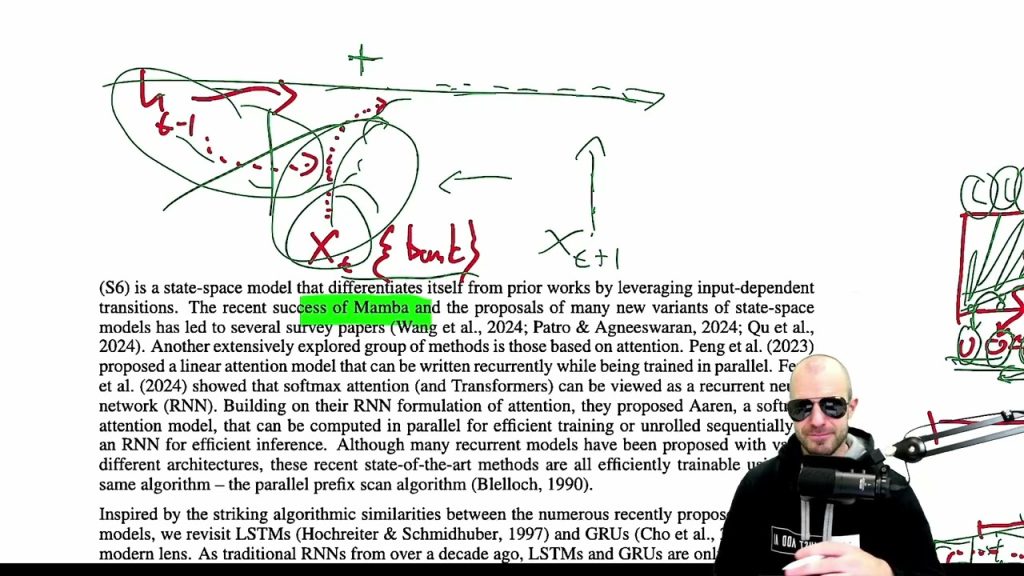This paper posits the interesting question: How much of the performance of Mamba, S4, and other state-space-like models is actually just attributable to some very core concepts – rather than their elaborate architectures. The authors construct minimal versions of GRUs and LSTMs and report competitive performance.
Paper:
Abstract:
The scalability limitations of Transformers regarding sequence length have renewed interest in recurrent sequence models that are parallelizable during training. As a result, many novel recurrent architectures, such as S4, Mamba, and Aaren, have been proposed that achieve comparable performance. In this work, we revisit traditional recurrent neural networks (RNNs) from over a decade ago: LSTMs (1997) and GRUs (2014). While these models were slow due to requiring to backpropagate through time (BPTT), we show that by removing their hidden state dependencies from their input, forget, and update gates, LSTMs and GRUs no longer need to BPTT and can be efficiently trained in parallel. Building on this, we introduce minimal versions (minLSTMs and minGRUs) that (1) use significantly fewer parameters than their traditional counterparts and (2) are fully parallelizable during training (175x faster for a sequence of length 512). Lastly, we show that these stripped-down versions of decade-old RNNs match the empirical performance of recent sequence models.
Authors: Leo Feng, Frederick Tung, Mohamed Osama Ahmed, Yoshua Bengio, Hossein Hajimirsadegh
Links:
Homepage:
Merch:
YouTube:
Twitter:
Discord:
LinkedIn:
If you want to support me, the best thing to do is to share out the content 🙂
If you want to support me financially (completely optional and voluntary, but a lot of people have asked for this):
SubscribeStar:
Patreon:
Bitcoin (BTC): bc1q49lsw3q325tr58ygf8sudx2dqfguclvngvy2cq
Ethereum (ETH): 0x7ad3513E3B8f66799f507Aa7874b1B0eBC7F85e2
Litecoin (LTC): LQW2TRyKYetVC8WjFkhpPhtpbDM4Vw7r9m
Monero (XMR): 4ACL8AGrEo5hAir8A9CeVrW8pEauWvnp1WnSDZxW7tziCDLhZAGsgzhRQABDnFy8yuM9fWJDviJPHKRjV4FWt19CJZN9D4n
source


1 Comment
8t0uwn